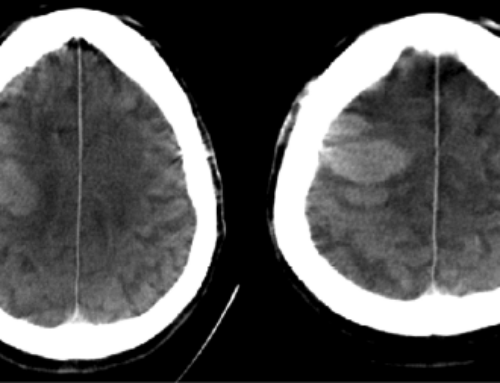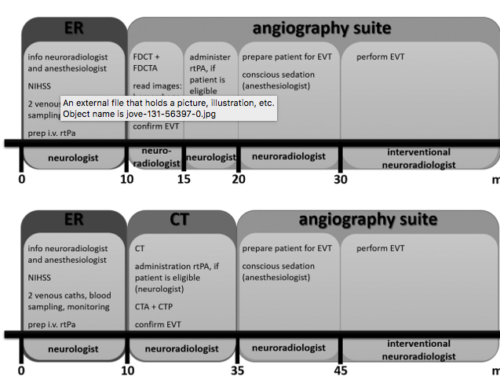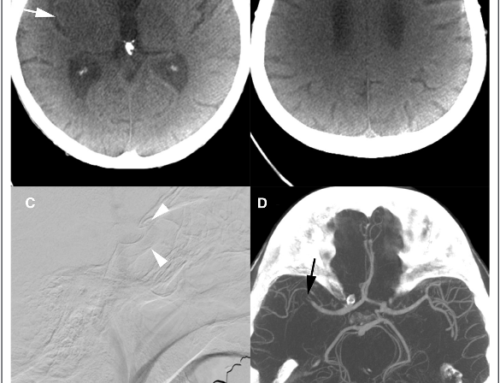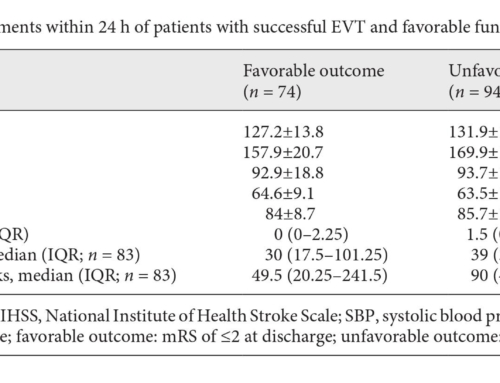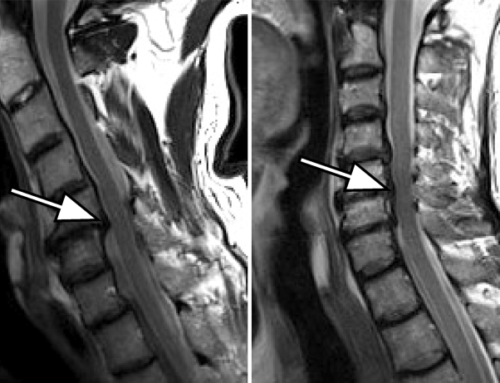Materials and Method
The feasibility and diagnostic potential of RT-PC flow MRI was evaluated in 20 healthy volunteers in comparison to conventional nvUS. RT-PC flow MRI at 40 ms temporal resolution and 0.8 mm in-plane resolution resulted in velocity maps with low phase noise and high spatiotemporal accuracy by exploiting respective advances of a recent nonlinear inverse model-based reconstruction. Peak-systolic velocities (PSV), end-diastolic velocities (EDV), flow volumes and comprehensive velocity profiles were determined in the common, internal and external carotid artery on both sides.
Results
Flow characteristics such as pulsatility and individual abnormalities shown on nvUS could be reproduced and visualized in detail by RT-PC flow MRI. PSV to EDV differences revealed good agreement between both techniques, mean PSV and EDV were significantly lower and flow volumes were higher for MRI.
Conclusions
Our findings suggest that RT-PC flow MRI adds to clinical diagnostics, e.g. by alterations of dynamic velocity distributions in patients with carotid stenosis. Lower PSV and EDV values than for nvUS mainly reflect the longer MRI acquisition time which attenuates short peak velocities, while higher flow volumes benefit from a proper assessment of the true vessel lumen.


